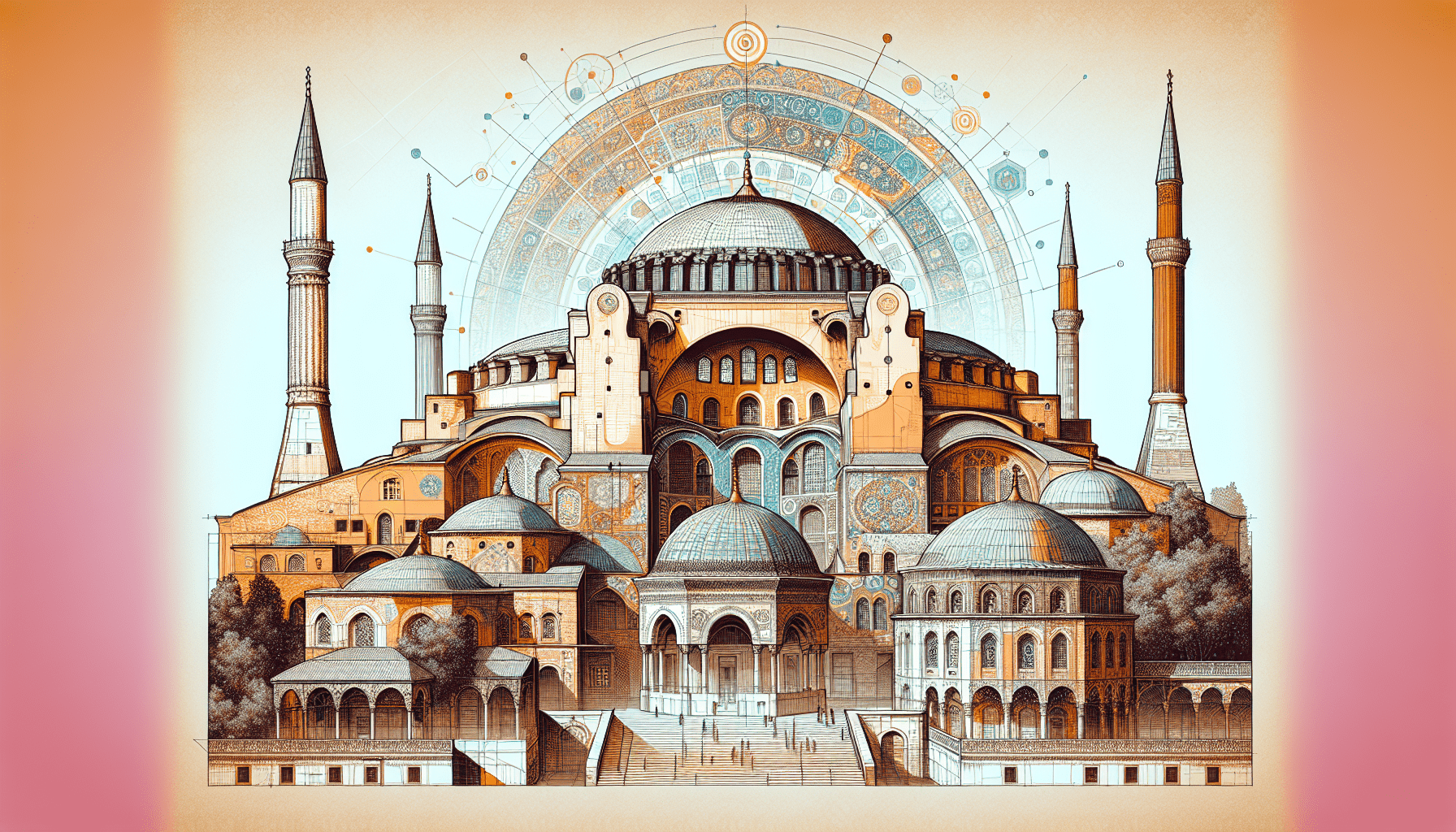Welcome to an exploration of the fascinating architectural marvel that is Hagia Sophia. In this article, you’ll delve into the intricate science behind the construction of this historic monument. Discover how innovative engineering techniques and mathematical principles were used to create a structure that has stood the test of time for centuries. Get ready to be amazed by the brilliant minds behind the design of Hagia Sophia in this exciting journey through history and architecture.

